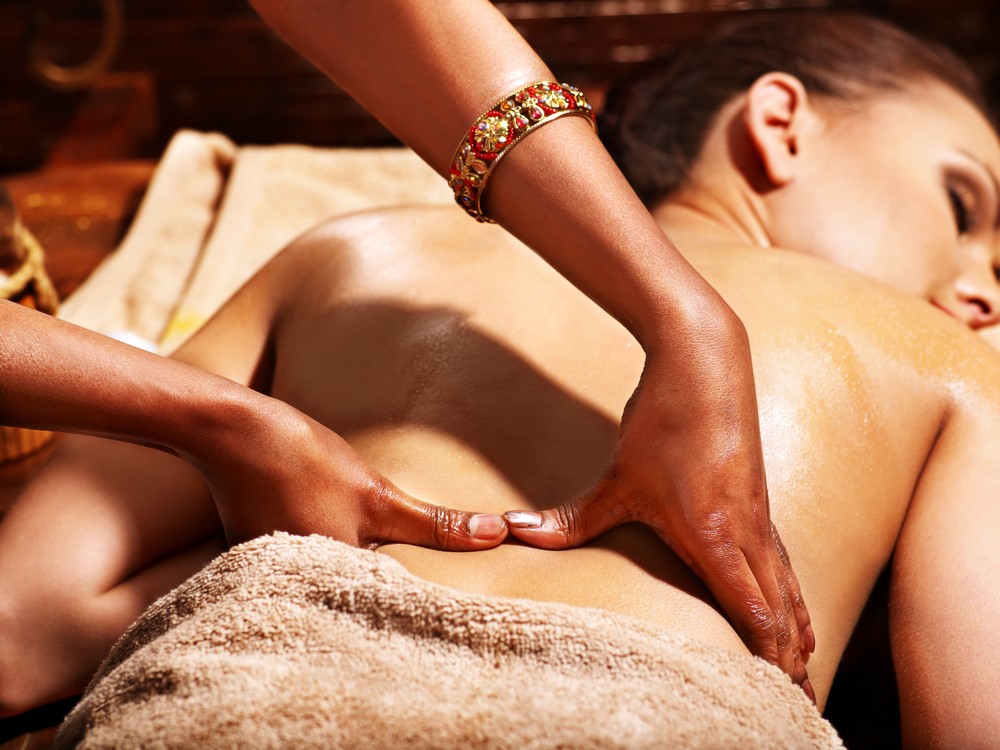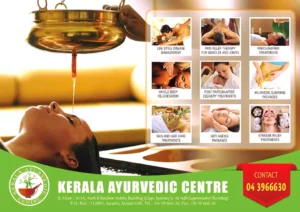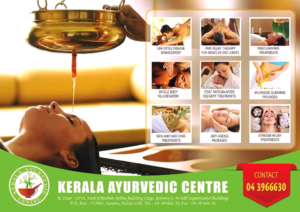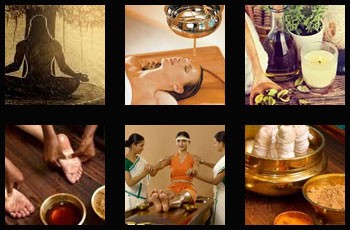Pain Management Treatment in Ayurveda
“Pain is defined as an emotional experience and unpleasant sense which is linked to actual damage or potential tissue damage or illustrated in terms of damage.” This is according to the International Association for the study of Pain proposed in 1979. Pain allows us to detach from toxic or damaging situations or avoid similar experiences in the future. People suffering from various kinds of pain can approach Kerala ayurvedic center, the pain management specialists in Dubai. Psychological factors like social support, hypnotic suggestions, excitement, or distraction can significantly have an impact on pain intensity or undesirable feelings.
In Ayurveda, the pain is usually referred to as ‘Shoola Roga’. The ‘Shoola’ indicates any type of pain like Karna shoola, shira shoola, and netra shoola. Shoola can appear as a symptom or complication of the disease. Shoola and Roga have the same meaning that is causing pain.
Types of Pain in Ayurveda:
As per the classification of pain mentioned in Ayurveda, according to Sushrut Samhita, Shool is classified into 13 types as per the location of visceral organs. Some of these pain include mild pain of either pricking or burning sensation.
As per Doshas, Shool is classified into 16 types in Madhavnidan (8 types as per Doshas + 8 types of parinaam shool as per Doshas), 8 types in yogratnakar, and 4 types in Kashyap Samhita. Some of these types of pain cause severe pain or aching pain.
Principle of Pain Management:
As per Ayurveda, Vata is the main Dosha associated with pain. It is responsible for producing and spreading the pain. However, a part of Vayu is responsible for pain in a specific region such as:
Generalized pain is caused by Vyana Vayu
Headache by Prana Vayu and Vyana Vayu
Abdominal pain by Samana and Apana Vayu
Chest pain by Vyana and Prana Vayu.
Ayurvedic pain management is mainly based on:
a)Dosha Tartamaya Diagnosis- The Dosha which is causing pain should be eradicated first and diagnosis should be made based on symptoms produced.
b)Avarana Concept- In the case of Avruta Vata Dosha, the Dosha which covers the Vata Dosha or Avarana is doctored first. Vyatyasa Chikitsa is predicted in the case of Avruta Vata Dosha treatment i.e. alternative cold and hot therapy is provided to the patient.
- c) Shodhana chikitsa (Purification methods)- It includes Panchkarma therapies as Snehana, Swedana, Kashaya Dhara, Abhyanga, Basti, Agnikarma, Lepa, Raktamokshana, Nasya, altogether remove inflammatory signaling molecules, promote cellular cleansing, and induce healing.
- d) Shamana chikitsa (Pacification methods)
- Ahara (Diet): Ayurveda considers that incompletely digested food gives rise to toxins and impurities which are absorbed and traverse throughout the body to localize in tissues to disrupt their function leading to chronic pain. Consuming food that is nutritious and easy to digest like green vegetables, fruits, juices. Oily, fried, and spicy food should be avoided. 2.Vihara (Sleep, Exercise, and Yoga): Yoga allows you to relax, energize, remodel and strengthen your body and mind. The Pranayama and Asanas coordinate the physiological system and stimulate a “relaxation response” in the neuro-endocrinal system. This comprises decreased metabolism, slow breathing, stable blood pressure, reduced muscle tension, lower heart rate, and slow brain wave pattern. As the neural discharge pattern gets modulated, hyperarousal of the nervous system and static load on postural muscle decreases. The function of the viscera improves with the sense of relaxation and providing good sleep, finally eradicating fatigue. Sleep and Meditation also help you to deal with emotional aspects of chronic pain, reduce anxiety and depression effectively and improve the quality of life perceived.
- Vedna Sthapan Mahakshaya (Anodynes)- it contains drugs like Shala, Kataphala, Kadamb, Padmaka, Tumba, Mocharasa, Shirisha, Vajjul, Elvaluk, Ashoka. Other Ganas noted in Sushruta Sutrasathan 38th chapter for management of pain includes; Vidarigandadi, Varunadi, Viratvadi, Pipplayadi, Eladi, Shyamadi, Brutyadi, Kakkolyadi, Ushakadi, Parushakadi, Lakshadi, Laghu, and Mahat Panchmoola.
Treatment for Pain Management in Ayurveda:
Ayurvedic pain management therapies are provided by Kerala ayurvedic centre, the pain management specialists kerala Ayurvedic center LLC which are absolutely safe and naturally effective in both acute and chronic pain. Pain Management in Ayurveda is treated as follows:
- Snehan Karma: Snehan (oleation) is referred to as Purvakarma and practiced before all Panchkarma procedures. Due to Snehan (oleation) VataDosha is pacified. Bahya Snehan or Abhyanga is divided into SarvangaSnehan (whole-body massage) or SthanikSnehan (application of oil to the affected part like Janubasti, Katibasti or Manyabasti, etc). As per the Neurohormonal effects of Bahya Snehan, this massage increases Dopamine, serotonin, epinephrine (adrenaline) levels, and the release of endorphins.
- Swedan Karma: Swedan (hot fomentation) helps in inducing sweating in the patient. The function of Swedan can be elucidated with Transient Receptor Potential Channels which are mainly found in nociceptive neurons of the peripheral nervous system and are responsible for the perception of heat and pain.
- Agnikarma Therapy: Agnikarma (Heat burn Therapy) is the para surgical procedure described for pain management. Agnikarma enables relieving musculoskeletal pain like heel pain, Osteoarthritis, Frozen shoulder, etc.
- Viddhan karma: In Viddhan karma, the points are pierced with special hollow needles which cause pain leading to the release of endorphins causing immediate pain relief.
- Lepan chikitsa: This is done by applying the medicated paste over the painful body parts.
- Basti chikitsa: In this treatment medicinal dravyas are incorporated into the rectum of the patient. Accordingly, the pain caused by the accumulation of metabolic waste in the tissues is instantly relieved after Agnikarma Therapy.
- Raktamokshan by Jalauka: Jalaukaavcharan (Leech therapy) includes the application of Jalauka (Leeches) for discarding vitiated blood at the site of pain. Leech saliva called ‘Hirudin’ inhibits blood coagulation by binding to thrombin.
- Palliative treatment (Shaman Chikitsa): The main purpose of palliative treatment is to rectify the vitiated Vata Dosha. Therefore, Madhur, Amla & Lavan Rasa (taste) herbs are prescribed.





